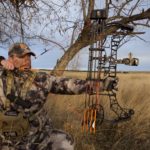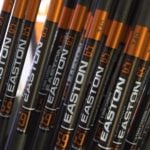Out there somewhere is the perfect arrow for your bow – that ever-elusive matched and tuned system that’s perfect for the game you hunt under the conditions in which you hunt it.
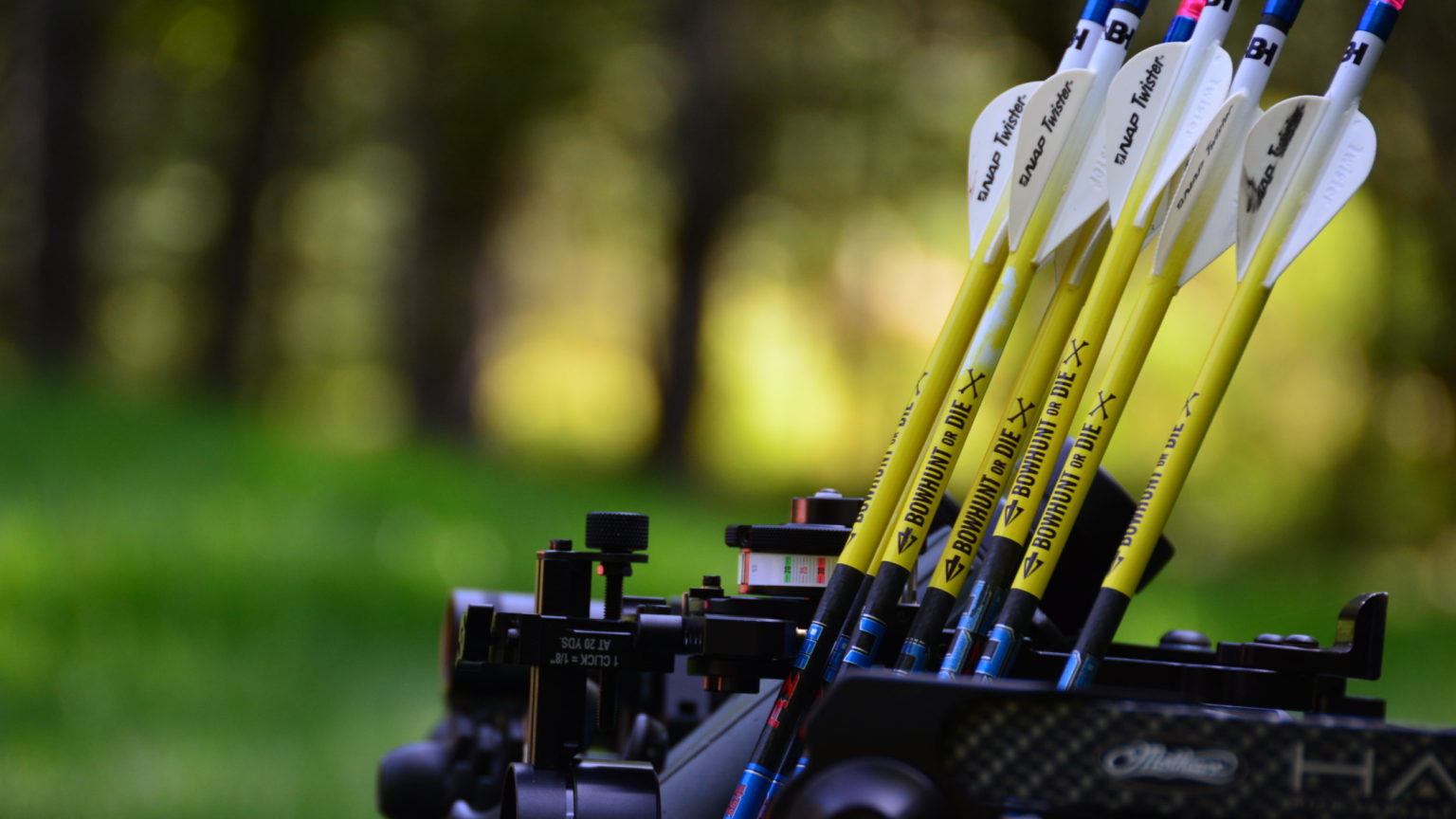
Finding the perfect shaft is great way to spend the off-season, and experimenting with arrows is just plain fun – it’s just another excuse to get out and shoot your bow. And there’s no better way to stay in touch with the sport you love.
A different arrow turns a looping trajectory into a bullet, or a bullet into a hard-hitting sledgehammer. Shaft selection is one of the most intriguing aspects of equipment selection.
Finding the perfect shaft is great way to spend the off-season, and experimenting with arrows is just plain fun – it’s just another excuse to get out and shoot your bow. And there’s no better way to stay in touch with the sport you love.
A different arrow turns a looping trajectory into a bullet, or a bullet into a hard-hitting sledgehammer. Shaft selection is one of the most intriguing aspects of equipment selection.
With a different arrow we have the power to make an immediate impact on the way our bow shoots.
Tradeoffs abound in the shaft selection process. You’re trading speed for penetration and speed for silence. And when it comes to diameter, you’re trading penetration for easy tuning.
You’re trading price against quality. Understanding these tradeoffs is at the heart of your ability to arrive at the perfect arrow for your hunting goals.
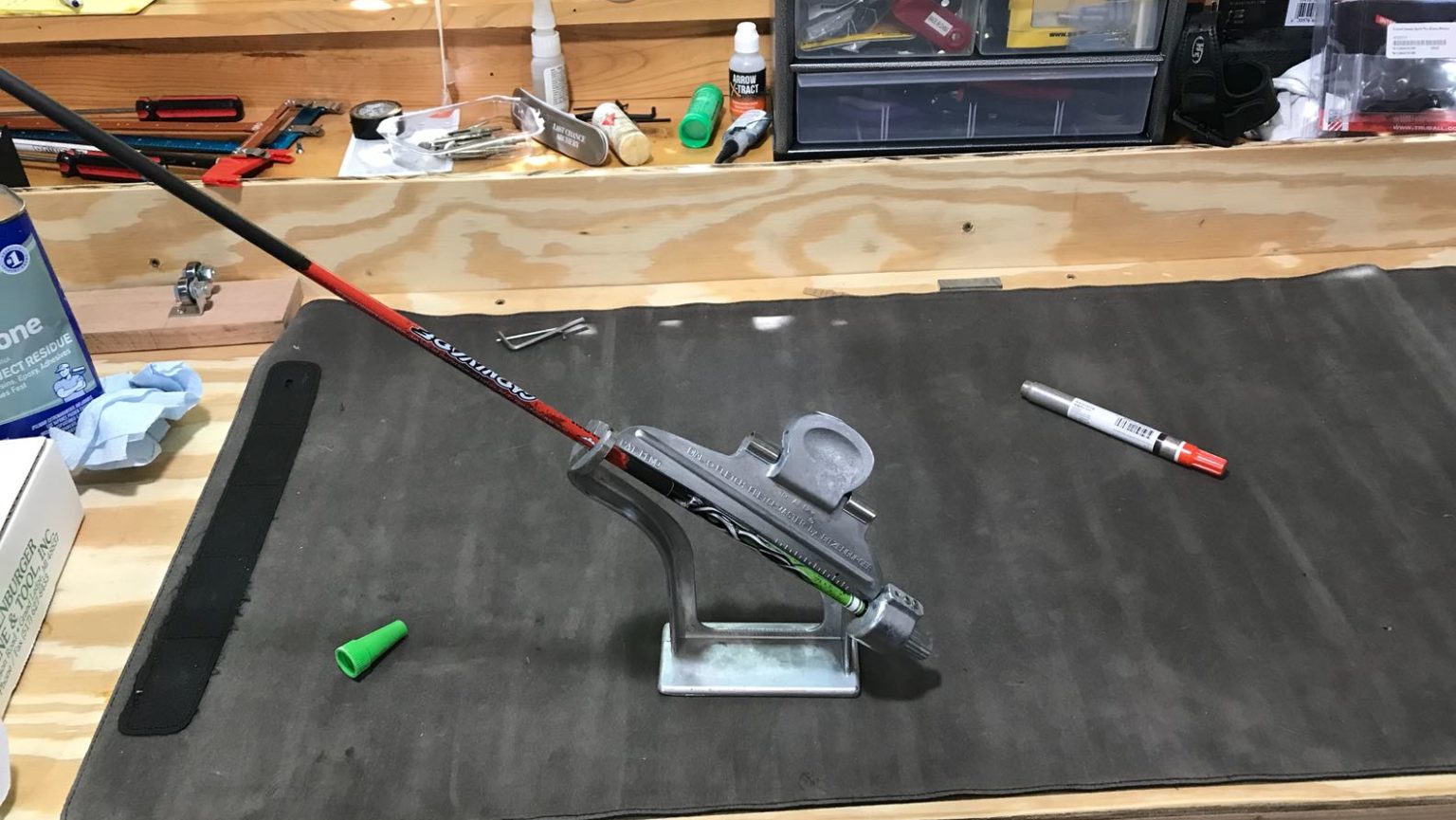
Understanding The Tradeoffs
There are three categories of arrow shafts: lightweight, mid-weight and heavyweight. For our purposes, a lightweight arrow will be one that has a finished weight of between 5 and 6 ½ grains per pound of your bow’s maximum draw force.
For example, a lightweight arrow for a 70-pound bow would have a finished weight (including broadhead) between 350 and 455 grains.
A mid-weight arrow weighs between 6 ½ and 8 grains per pound of draw force (455 to 560 grains for a 70 pound bow) and a heavyweight arrow is anything weighing over 8 grains per pound of draw force (over 560 grains).
Penetration vs. arrow speed: Most bowhunters over-emphasize the impact small changes in arrow weight have on penetration energy.
Sure, it adds up if you are talking major weight changes, but 50 grains either way doesn’t make a lot of difference on how deeply the arrow buries in the target.
Sometimes it’s not worth giving up speed for more penetration, especially if you already have plenty of energy for the game you hunt.
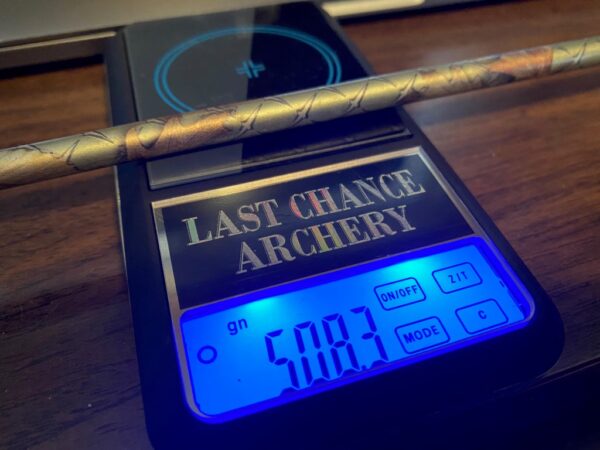
Let me clear this up with an example. Suppose a bowhunter shoots a 70-pound bow with a 30-inch draw length. For him, a lightweight arrow is going to weigh 350 to 455 grains.
Assuming the bow has an AMO speed rating of about 235 fps (typical of most moderately aggressive bows on the market right now), this bowhunter will be getting speeds of around 275 to 300 fps.
With a mid-weight arrow his speed will be 250 to 275 fps. With a heavy arrow his speed will be less than 250 fps. At 9 grains per pound, the speed will be right around the AMO rating of 235 fps.
Using the middle of each range as the comparison, the mid-weight arrow is roughly 10 percent faster than the heavy arrow (weighing 9 grains per pound). The lightweight arrow is roughly 20 percent faster than the heavy arrow.
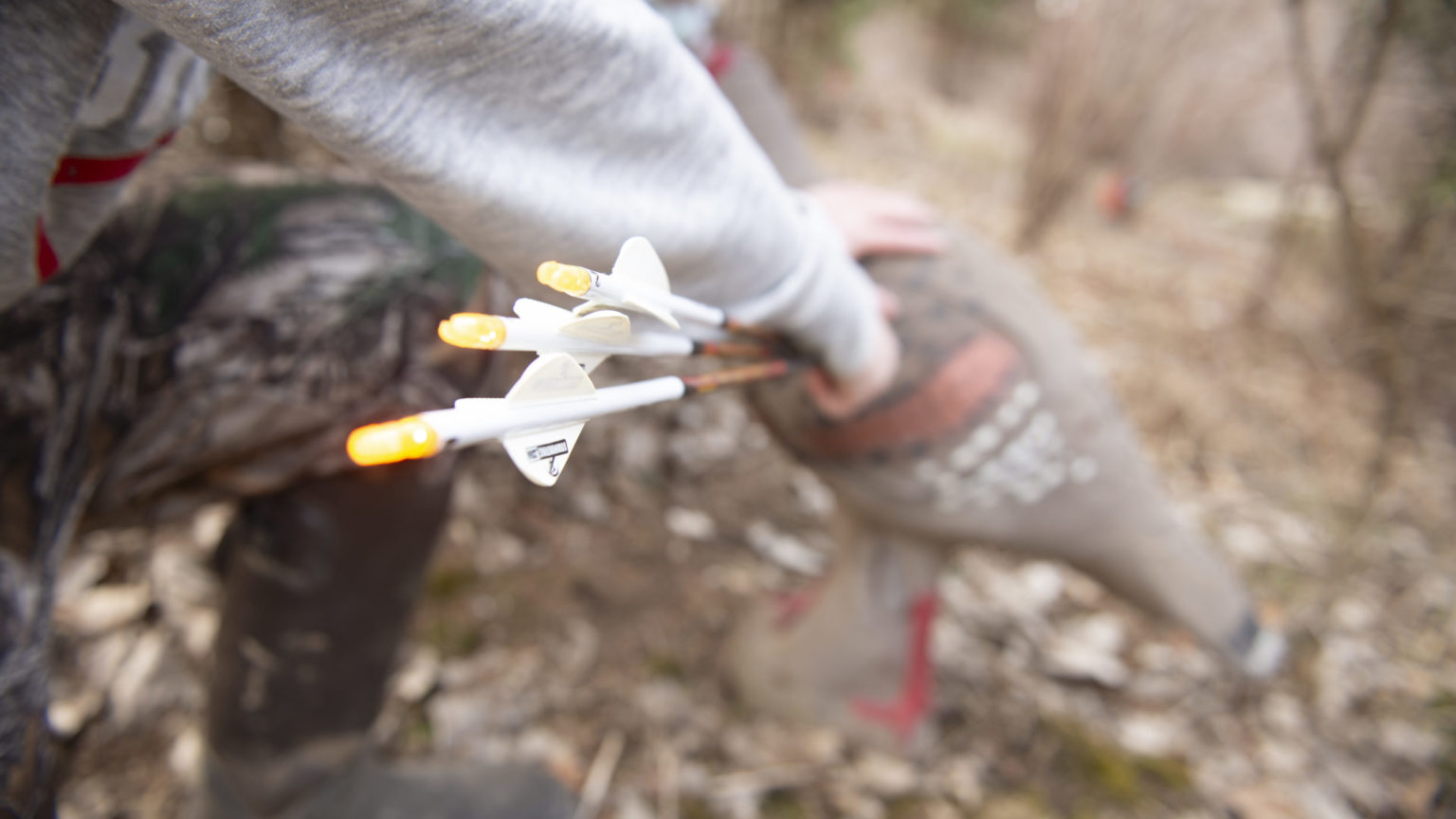
Now let’s look at how the penetration energy (kinetic energy) of the arrows change as they get lighter.
Using data compiled by independent bow testers, I’ve been able to pull out the amount a typical aggressive bow’s efficiency drops as arrow weight goes down. This translates directly into penetration energy lost.
By dropping the shaft weight from 9 grains down to 7.5 grains per pound, the bow’s efficiency drops by about 3.5 to 5 percent (depending upon the bow), which means the arrow carries 3.5 to 5% less penetration energy. That’s not a huge change.
When the shaft weight goes from 9 grains per pound of draw force down to 6 grains per pound (the middle of the lightweight arrow range), the bow’s efficiency drops another 4 percent.
The lightweight arrow from the same bow now carries 7.5 to 9% less energy than the heavy arrow. It takes a pretty large swing in arrow weight (210 grains) before energy loss starts to become significant.
In other words, if you need the extra arrow speed to flatten your trajectory for shots that typically range longer than 25 yards, you won’t lose so much energy that you risk insufficient penetration.
If you are already shooting a bow over 60 pounds with fairly aggressive cams, you probably have 10% to spare – especially if you will be hunting smaller big game animals.
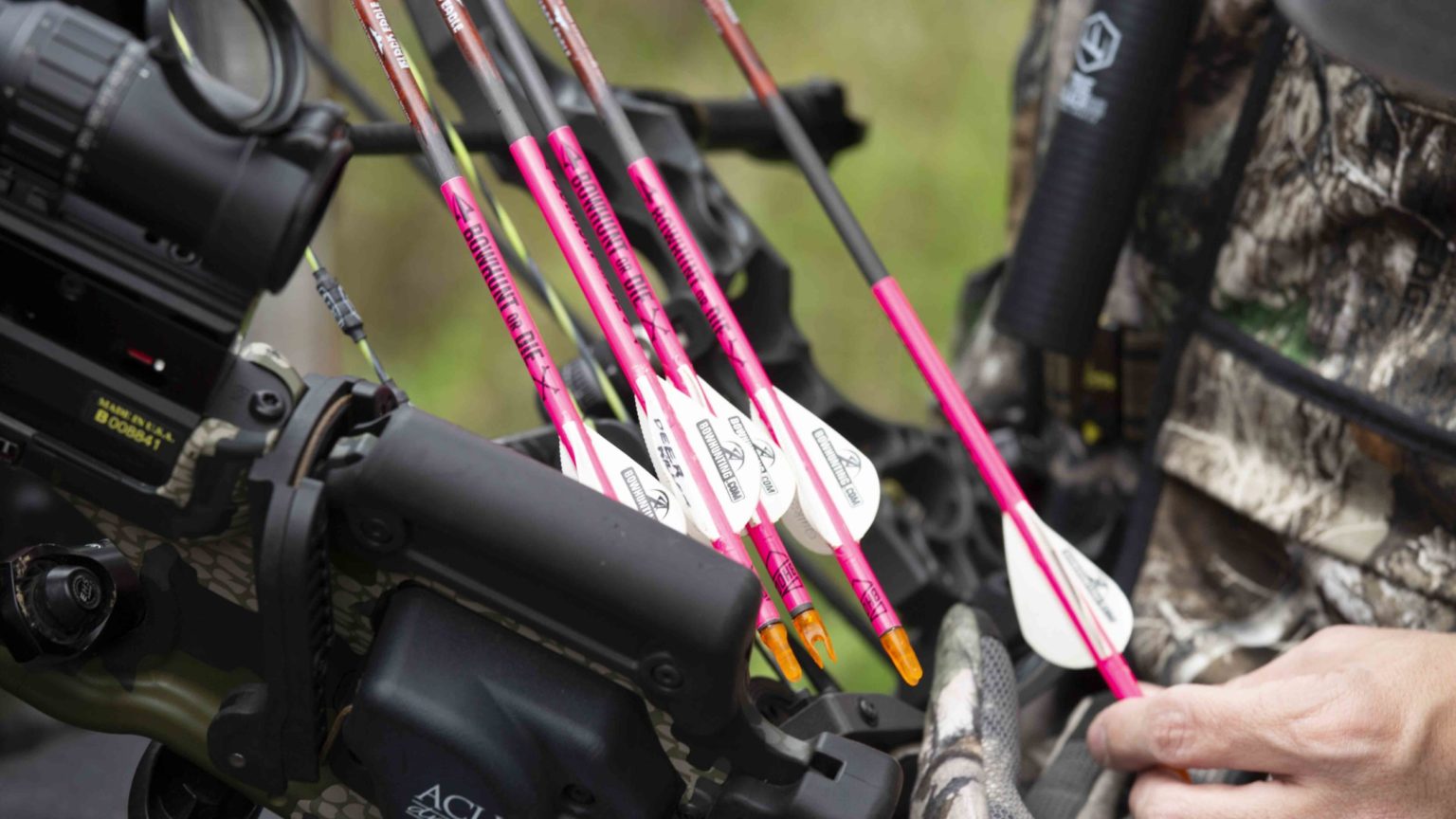
Bow noise vs. arrow speed: A bow shooting a light arrow has more energy to dissipate after the arrow is gone than a bow shooting a heavy arrow.
That energy causes vibration that in turn creates bow noise. All else being equal, the lighter the arrow the noisier the bow.
If quiet performance is your most important bow quality then shoot a heavyweight arrow weighing more than 8 grains per pound of draw force.
However, you can gain a good compromise between speed and quiet shooting with a mid-weight arrow.
Lightweight arrows (under 6 ½ grains per pound) will make your bow fairly loud, but there are a growing number of technologies that are positioned to solve that problem.
They make bows quieter regardless of the arrow they are shooting. For example, Limb Savers definitely make a big difference.
Every bow should have a set installed. Also, bow companies are starting to add vibration-absorbing features right into their designs.
Soon even light arrows will produce an acceptably quiet release.
If you’re looking for an arrow scale to figure out how much your bowhunting arrow setup weighs, look no further than the Bowhunting.com online store.
We carry a handy digital arrow scale that operates on 4 AAA batteries and is only 3/4″ thick. Click here to purchase the US100 pocket digital arrow scale.
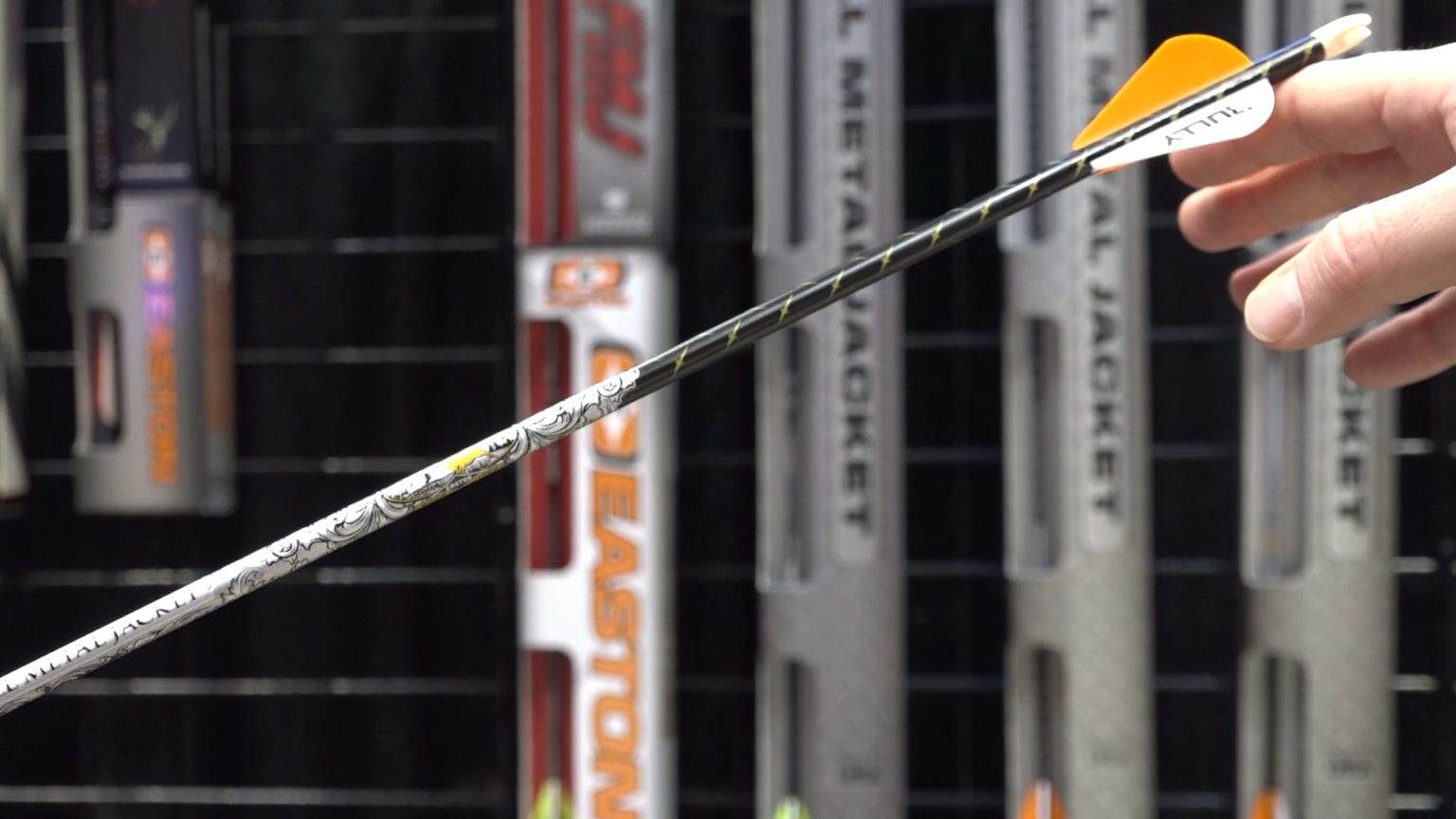
Price tradeoffs: Most arrows are manufactured in straightness ranges. The most expensive arrows have straightness tolerances of +/- .001 to +/- .002 inch.
Lower grade arrows have straightness tolerances of +/- .003 to +/- .006 inch.
Unless you are taking very long shots – past 40 to 50 yards – you’ll never tell the difference in accuracy between the various grades.
Penetration vs. easy tuning: Testing done by AFC/Game Tracker has shown that small diameter shafts (especially those made of carbon) produce better penetration than large diameter shafts of the same weight shooting the same broadheads.
The reason for this being that the smaller diameter shafts also have a smaller surface area than the larger diameter shafts, creating less friction while pasing through the target.
But, unfortunately the small diameter shaft can be tougher to tune because you have to move the rest arms closer together for proper support.
In so doing, there’s a greater likelihood that your fletchings will contact the rest. This where the drop-away arrow rests and full-capture arrow rests come in handy.
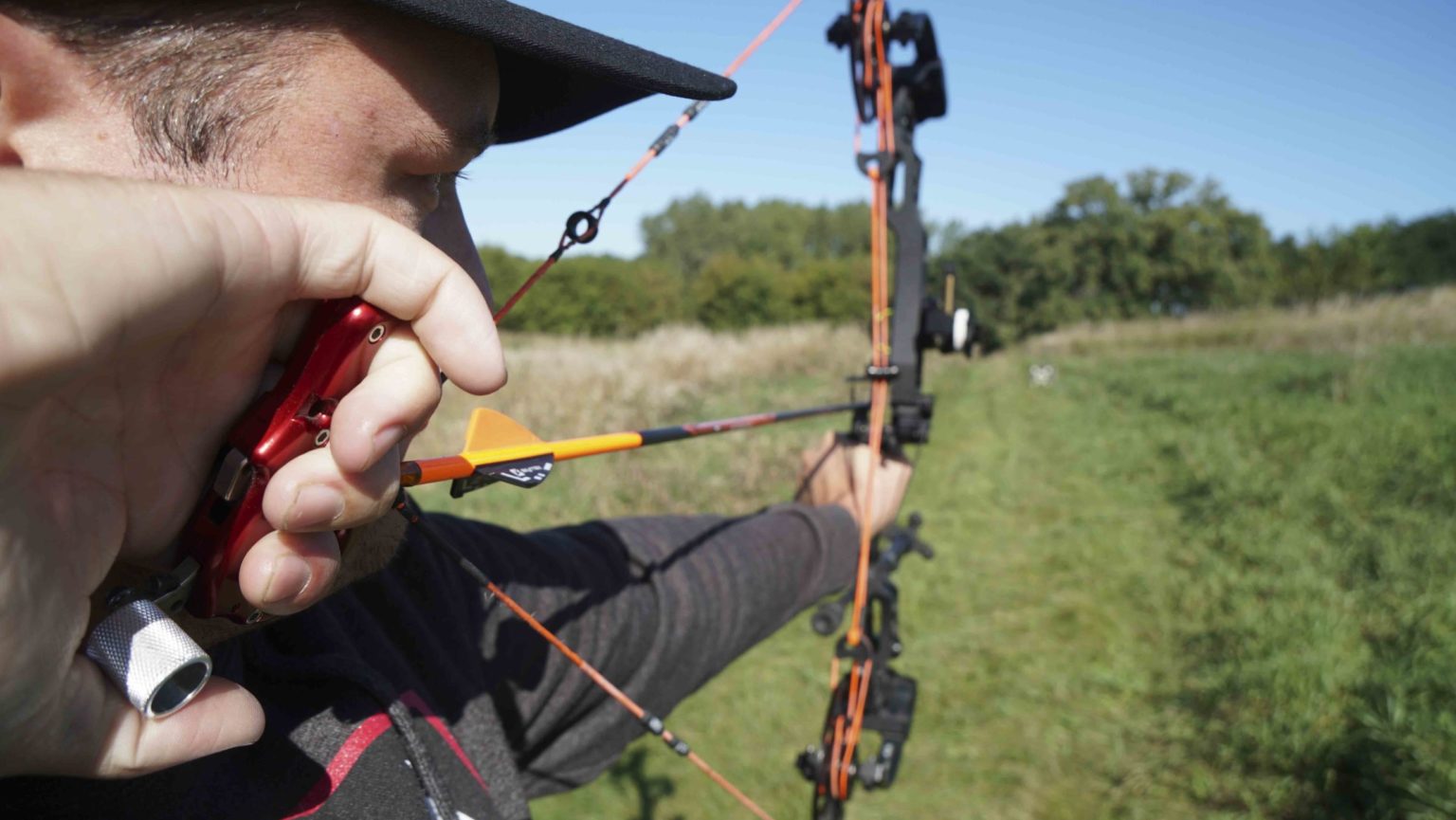
Rest to fletching contact is one reason you see four-inch feathers with a very slight offset angle on a lot of carbon shafts.
Feathers aren’t as effected by contact with the rest as vanes, and the straight fletching pattern slips through the rest more cleanly.
Overall, such a fletching scheme is less stable than five-inch fletching with a more aggressive helical offset angle. That’s the gist of this tradeoff.
There are three reasons not to give up on carbon, however. First, carbon arrows are very durable. Second, carbon arrows are light in weight for those bowhunters looking for maximum speed.
And, third, many bowhunters believe that carbon arrows penetrate better on game. Additionally, small diameter carbon arrows can be tuned; they just require more attention.
Matching The Arrow To The Hunt
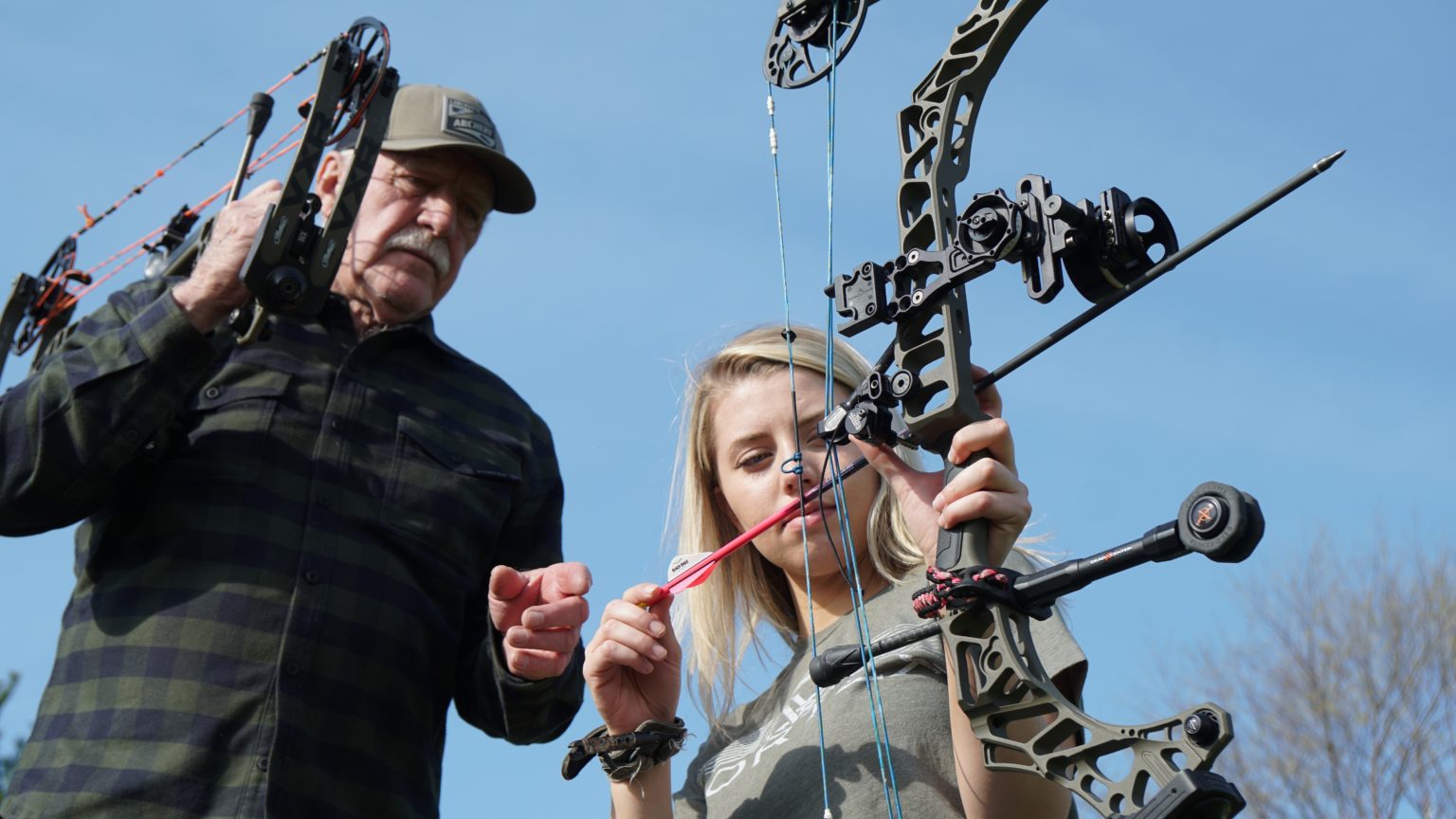
Now that you understand the trade offs involved, it’s time to look at the environment where the arrow will be used.
This is where the rubber meets the road – where you determine your shooting goals and match them to a specific category of arrows.
For example, where penetration is the most important issue you may consider heavyweight aluminum arrows.
Where a combination of penetration and speed are important, one of the new heavier carbon shafts are an excellent choice. The trick, of course, is defining your goals as clearly as possible.
Arrows For Big Whitetails
Most whitetail hunters will never take a shot past 25 yards. In many areas where the whitetail is hunted, there simply isn’t enough open cover to permit an unimpeded, high odds shot beyond that distance.
In addition, most hunters set up stands with shots of 15 to 20 yards as their goal. Arrow speed is not critical in this setting.
Only stands along the edges of fields, or hung from brushy fence lines, produce the potential for longer shots and bring in the need for greater arrow speed.
Penetration is typically not a primary issue when hunting whitetails with today’s high-energy compound bows.
On the other hand, bow noise often is a consideration. Whitetail hunters in particular seem most paranoid about bow noise.
Go to the archery shop and shoot a loud bow and everyone cringes. Also, most bowhunters don’t want to be bothered with fine-tuning light arrows with broadheads when the payoff is really rather small. Both factors point to a fairly heavy arrow.
Under most deer hunting conditions a heavyweight arrow in the 8 to 9 grains per pound range is a fine choice producing arrow speeds in the 220 to 235 fps range.
If the shot distance may approach 30 yards then a mid-weight, full-length arrow pushing a medium sized broadhead is the best choice.
When shot from bows in the 70-pound range, these shafts produce arrow speeds in the 260 fps range – slightly slower, of course, for lighter poundage bows.
Mid-weight arrows are not nearly as prone to plane off line as much faster shafts, yet they still sail flat enough to compensate for some range estimation errors that commonly occur when shooting 25 to 30 yards.
Arrows For Wide Open Hunting
In open settings, where shots approaching and exceeding 40 yards are much more common, an arrow capable of producing good speed has obvious advantages.
Now we’re talking about wide-open whitetails, high country mule deer, bog-walking caribou, crag-loving goats or rams and prairie pronghorns.
None of these animals require great penetration for a clean ground-level kill, but due to the country they inhabit, they rarely offer a close shot.
Will speed turn a bad release into a killing shot? No it won’t. In fact, high arrow speeds will actually make the problem worse.
But, if you have good shooting form and a well-tuned hunting system, a fast arrow will improve your chances for a clean kill. Some bowhunters snicker at the need for arrow speed.
Either they know something I don’t, such as the exact range of every shot they take, or they’ve never hunted these open places.
As long as you are going to all the time and expense to plan and carry out a trip into big country (quite possibly the trip of a lifetime), doesn’t it make sense to carry the right equipment for the job?
A good arrow speed goal for these situations is something around 270 to 280 fps for the release shooter, and only marginally less for the finger shooter.
To attain these speeds you’ll need a lightweight arrow – something weighing around 5 ½ to 6 grains per pound of draw force.
Shooters competing in IBO events are familiar with what is required, shaft-wise, to achieve the minimum floor of 5 grains per pound. Though an arrow of this weight is very quick, bows firing them take a beating from the increased vibration they produce.
Accessory breakdown is all too often the result of such high vibration. If you decide to go this light make sure you do plenty of shooting with the shaft of choice to make sure that your overall system is up to the task.
Arrows For Elk
Many shots at elk are taken at close range in thick, dark timber. In these black holes speed is of little consequence.
However, you can’t count on only close shots in elk country – there are too many open ridges and parks where longer shots are commonly presented.
But, by the same token, you have to also consider the size of the beast. Elk are big. Thus the dilemma: your arrow should be sized to pack plenty of punch but you still need to keep speed up for those longer shots.
Typically, elk hunters will crank up their bows a turn or two from the poundage at which they hunt deer and other “small” big game.
This produces a built-in penetration advantage and a faster arrow. Therefore, a bowhunter with a 70 to 75-pound bow can still get good speed from an arrow on the light end of the heavyweight scale or from the heavy end of the mid-weight scale.
For example, an arrow weighing 8 grains per pound shot from a 70-pound bow will still produce around 250 to 260 fps from an aggressive bow – a good compromise rig for these big animals.
Whether hunting broadhead-resistant elk in the aspen parks of a Colorado mountain or open country whitetails in the creeks of Nebraska, the arrows you carry in your quiver will bear upon your chances for success.
Match your equipment to the specific challenges you face and you’ll be ready for success.


